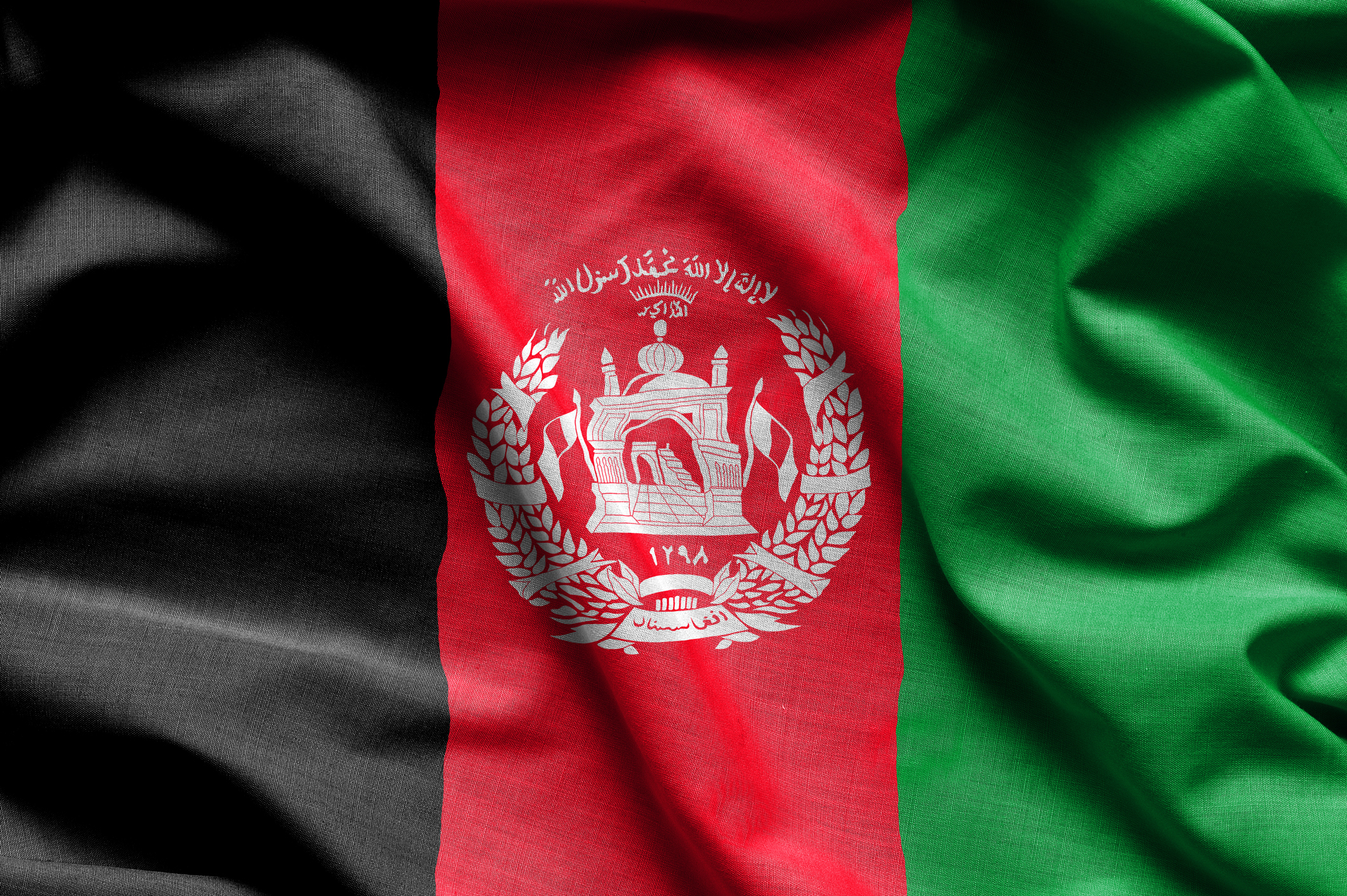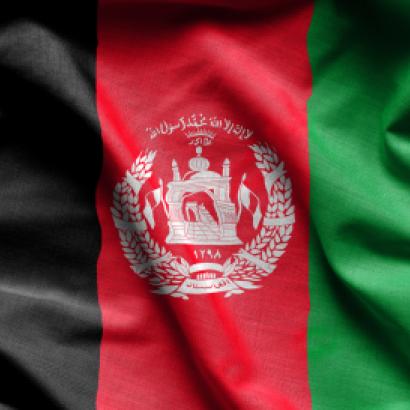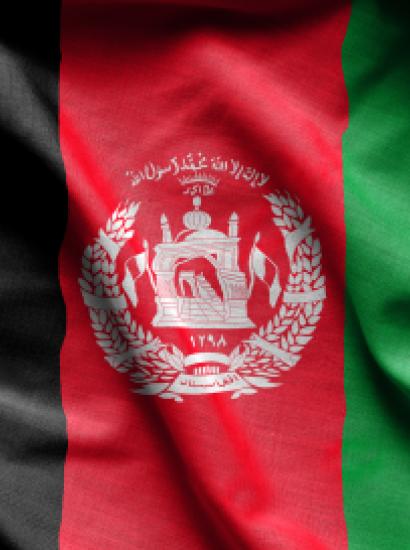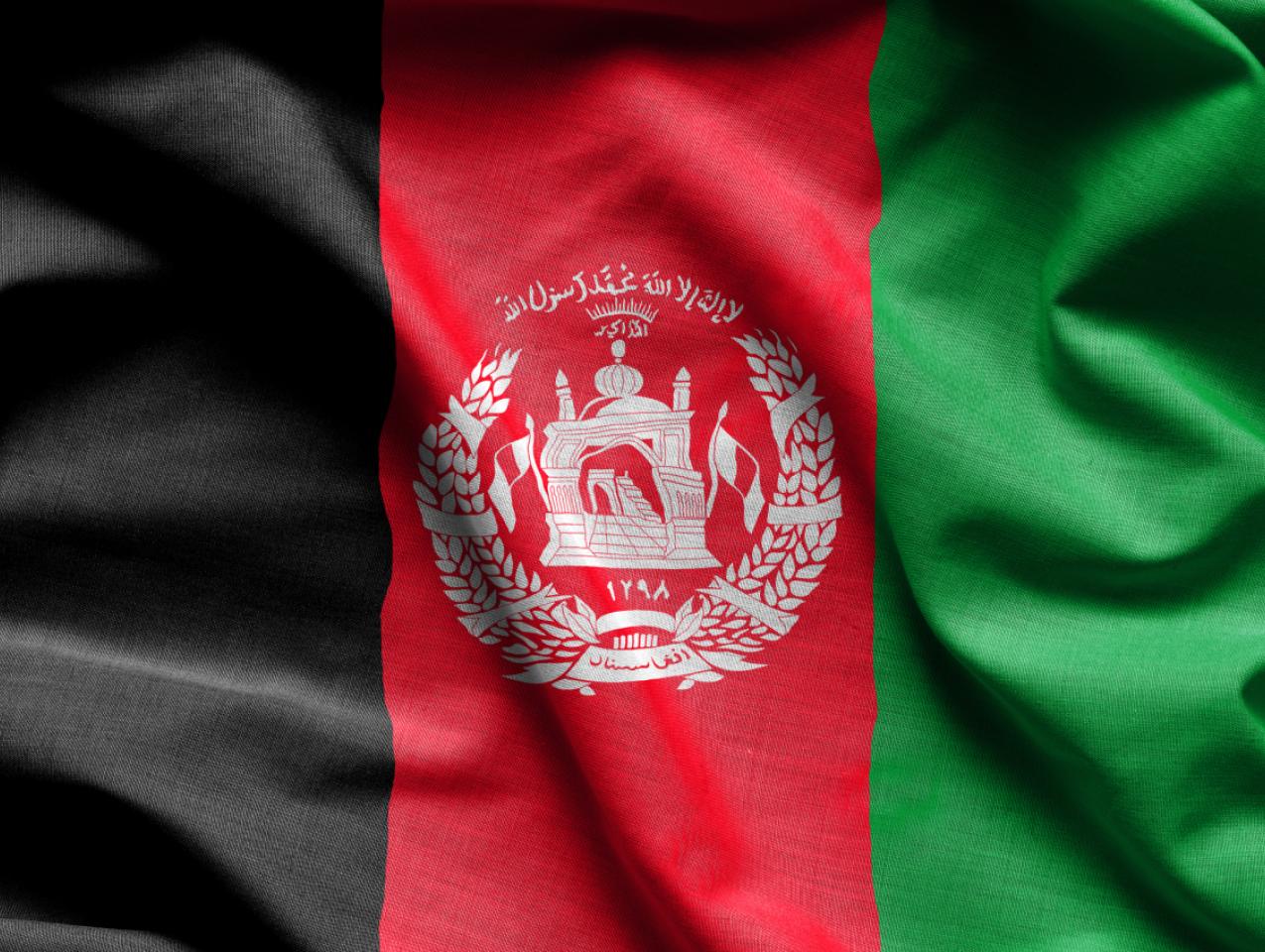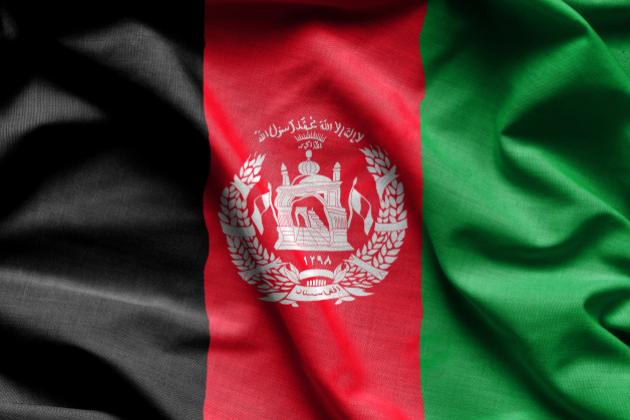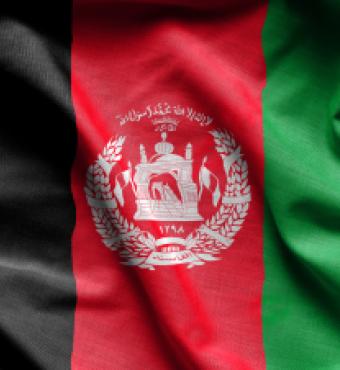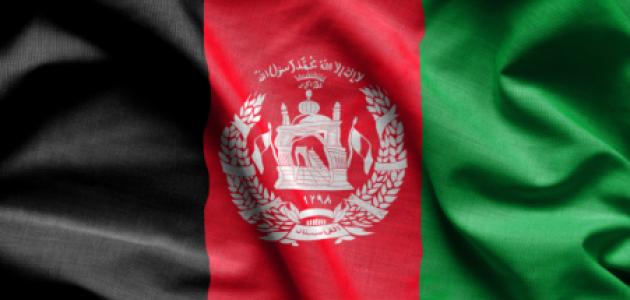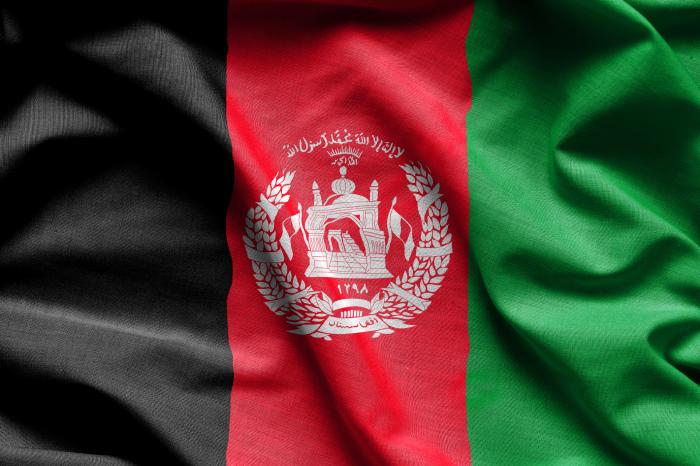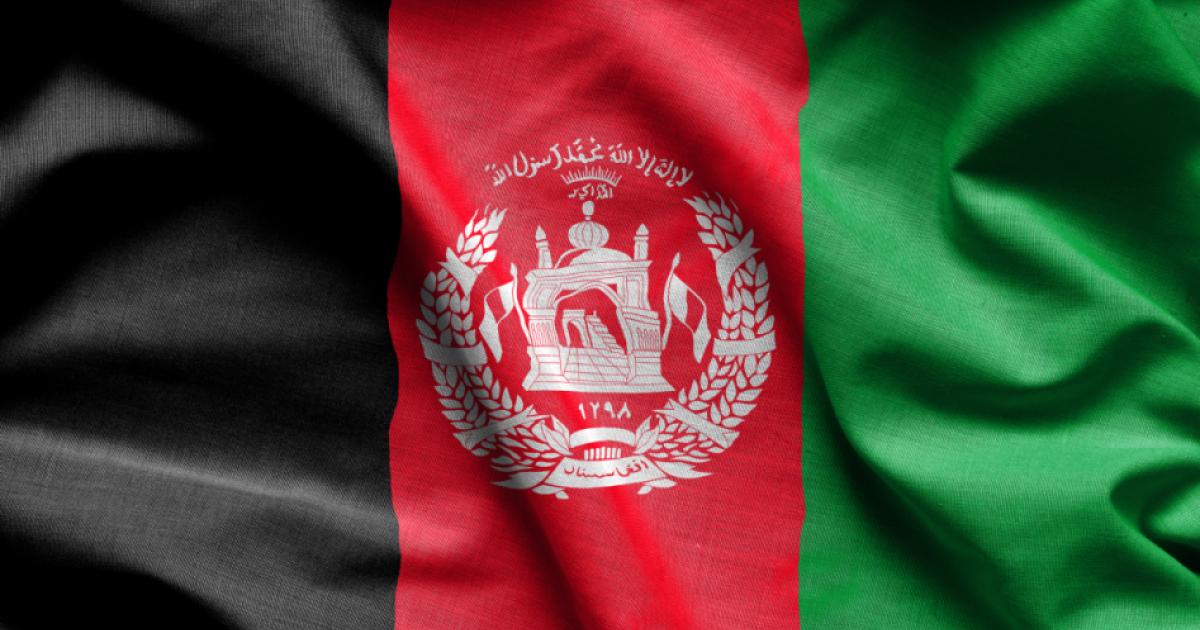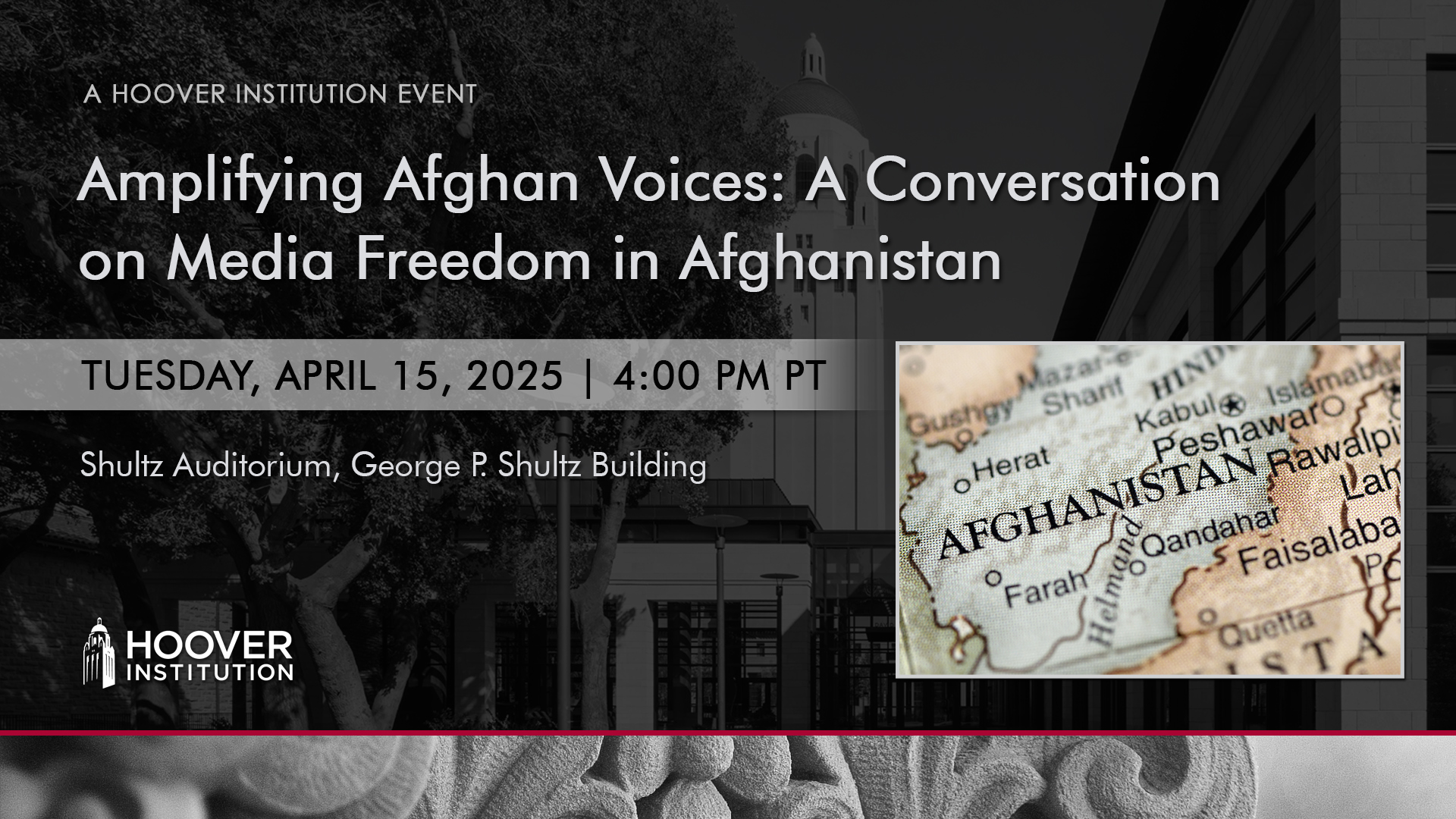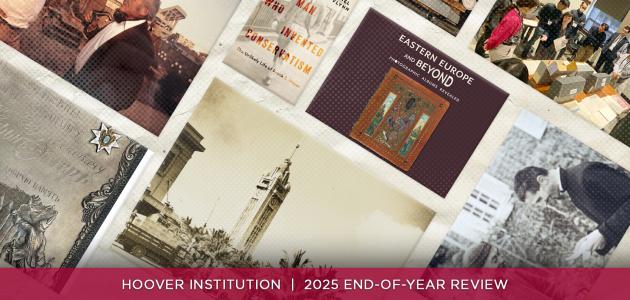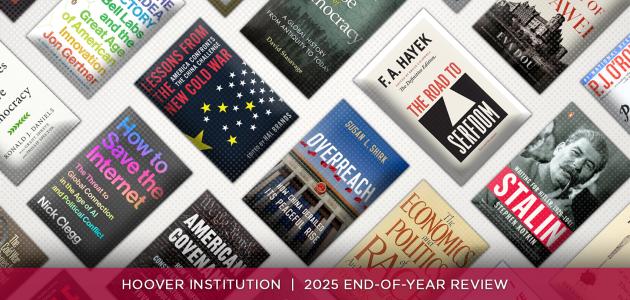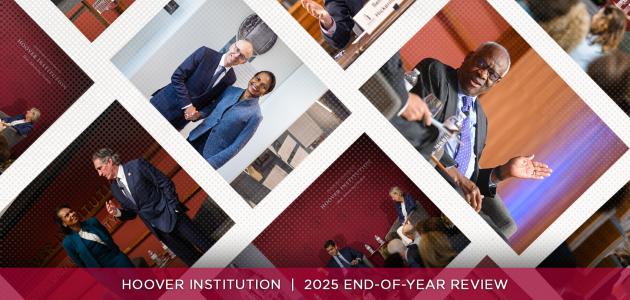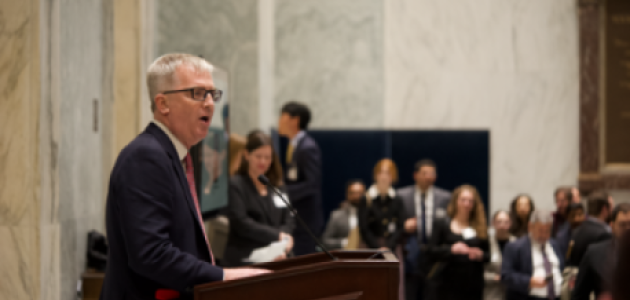Hoover Institution (Stanford, CA)—The budding independent press in Afghanistan, so abruptly snuffed out following the Taliban's return to power at the end of August 2021, deserves all the support and hope the American public can muster, Afghan journalists and advocates told an audience at the Hoover Institution on April 15.
Afghanistan's media freedom saw unprecedented growth between 2001 and 2021, with a vibrant independent press emerging as a crucial pillar of the country's democratic development under an elected secular government.
This period was characterized by a flourishing media landscape which saw journalists and media outlets working freely to expose corruption, discuss human rights issues, and give a voice to the Afghan public.
Senior Fellow H.R. McMaster brought together several Afghans, each with unique insights into the media freedom that nation enjoyed and then abruptly lost over the past 24 years, for a discussion on where to go from here and how Americans can help.
A Period of Freedom
Dr. Halima Kazem—a prominent Afghan American journalist, associate director of Stanford’s Program in Feminist, Gender, and Sexuality Studies, and oral historian at the Hoover Institution Library and Archives—spoke on the role independent media played in forming and reinforcing governance in Afghanistan.
“I was recruited to establish the first presidential media office for President [Hamid] Karzai under the interim government,” she recalled. “It was an interesting experience to arrive in a country that had been so isolated, and to witness firsthand the seeds of a free press being planted.”
Kazem’s efforts, along with those of countless other journalists and media professionals, ushered in an era where Afghanistan ranked among the countries with the most vibrant independent media at the crossroads of central and South Asia. This new wave included scores of media outlets, both print and broadcast, who boldly addressed issues of significant public interest, including government accountability and human rights.
Afghanistan's journey toward media freedom was not without its challenges. The dedication of Afghan journalists was crucial in keeping the spirit of independence alive. Visiting Fellow Nader Nadery underscored this sentiment, highlighting the critical role of media in exile, now that critical reporting on government activity within Afghanistan is effectively impossible.
“The media outlets operating from outside, including those like 8AM Media, play a vital role,” said Nadery, an Afghan civil society leader and a participant of the Afghanistan government’s negotiation team for the 2020 peace talks in Doha. “We need to keep people outside of Afghanistan informed about the ongoing human rights violations and the situation inside the country.”
Taliban Takeover
The progress made over two decades was severely reversed after the Taliban took control of Afghanistan in late August 2021. Earning a grim ranking of 178 out of 180 in the Reporters Without Borders World Press Freedom Index, the country witnessed an immediate and drastic clampdown on its media landscape.
The Taliban's swift measures to restrict press freedom were felt almost instantly. By September 2021, merely a month after they took over, stringent media restrictions were enforced, curbing any content perceived as contrary to Islamic values. “Since 2021, 40 percent of media outlets have been shut down, and over 80 percent of women journalists lost their jobs,” Kazem noted. “The Taliban has taken specific measures to dismantle Afghanistan's once vibrant independent media sector.”
A United Nations report published last year found more than 250 examples of Afghan media workers being arrested and detained, some indefinitely, because of the Taliban taking issue with their reporting. Some of those detained reported being tortured.
On the radio, briefly hearing a woman’s voice, even in the background of a news report gathered in the field, is forbidden.
Resilience
This regression resulted in many journalists fleeing the country or going into hiding, while others faced dire threats to their safety. Parwiz Kawa, executive director of 8AM Media, emphasized the need to sustain the narrative of Afghanistan and its people under the Taliban. “The least we can do is to keep the story of Afghanistan and Afghans under the Taliban alive,” he urged. “We need to help them share their stories and publish their stories as much as we can.”
Under the new regime, the media in Afghanistan face harsh constraints. Criticism of Taliban leaders or policies is now grounds for severe punishment. The precarious situation for journalists and media organizations still operating in Afghanistan was made worse by financial challenges, as the international aid and development funding which many media outlets relied on were cut off.
Despite the stifling environment, efforts to maintain an informed populace and global awareness continue. The international Afghan diaspora, alongside remaining independent media and international partners, strive tirelessly to uphold the remnants of media freedom.
McMaster commended these efforts.
“What you're doing is getting information out so that we can continue to give the Afghan people a voice and understand their experience. It's fantastic work.”
The panelists also discussed another way to understand Afghans’ experience of the war and the fall of Kabul in 2021—the Hoover Afghanistan Research and Relief Team’s oral history archive. Kazem, who built the archive, noted that it will “be a very rich place for people to come and not just study the politics, but study all of the different aspects of Afghans' lives and especially the period of the Republic.” The archive will be available to researchers later this year.
The current situation paints a bleak picture, where a media blackout threatens to undermine the progress made over the past two decades. The independent press, once a symbol of the new Afghanistan, stands on the brink of extinction under the Taliban rule. The world now looks upon Afghanistan's remaining journalists and media organizations with a mix of admiration and concern, recognizing the critical role they play in shedding light on the dark corners of Taliban-controlled Afghanistan.
In the face of these challenges, the call for international support and solidarity is louder than ever.
“Take subscription for media outlets ... and if they are not freely available, make donations,” Nadery told the audience. “Because they're struggling these days with the international development aid being cut off.”
The story of Afghanistan's media freedom is one of resilience and hope, overshadowed by a repressive regime that despises a free press. It emphasizes the enduring need for Afghans to battle for the truth, even in the direst of circumstances. As the world watches, Afghanistan’s independent press strives on, remaining a testament to the indomitable spirit of the Afghan people and their quest for freedom and justice.







